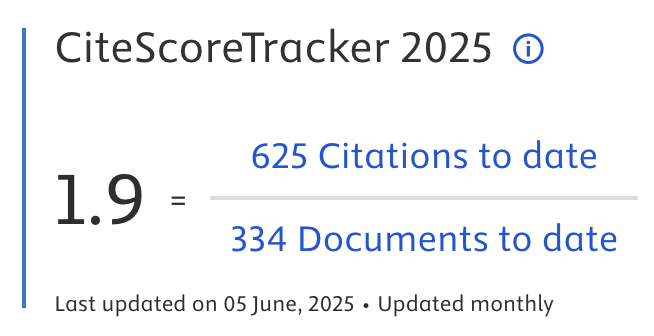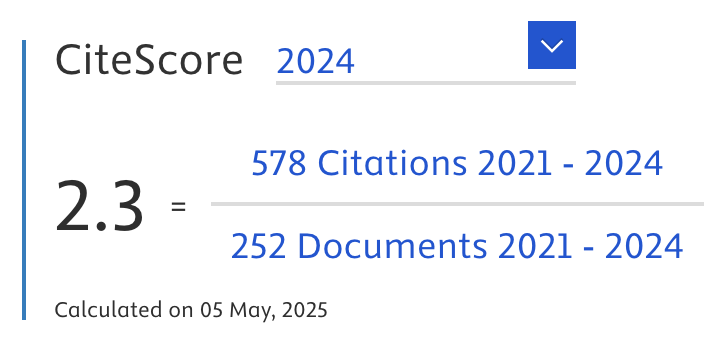Modeling and Forecasting Long-Term Records of Mean Sea Level at Grand Isle, Louisiana: SARIMA, NARNN, and Mixed SARIMA-NARNN Models
Abstract
This study tried to demonstrate the role of time series models in modeling and forecasting process using long-term records of monthly mean sea level from January 1978 to October 2020 at Grand Isle, Louisiana. Following the Box–Jenkins methodology, the ARIMA(1,1,1)(2,0,0)12 with drift model was selected to be the best fit model for the time series, according to its lowest AIC value. Using the LM algorithm, the results revealed that the NARNN model with 9 neurons in the hidden layer and 6 time delays provided the best performance in the nonlinear autoregressive neural network models at its smaller MSE value. The Mixed model, a combination of the SARIMA and NARNN models has both linear and nonlinear modelling capabilities can be a better choice for modelling the time series. The comparative results revealed that the Mixed-LM model with 9 neurons in the hidden layer and 3 time delays yielded higher accuracy than the NARNN-LM model with 9 neurons in the hidden layer and 6 time delays, and the ARIMA(1,1,1)(2,0,0)12 with drift model, according to its lowest MSE in this study. Thus, this study may provide an integrated modelling approach as a decision-making supportive method for formulating local mean sea level forecast in advance. Understanding past sea level is important for the analysis of current and future sea level changes. In order to sustain these observations, research programs utilizing the resulting data should be able to improve significantly our understanding and narrow projections of future sea level rise and variability.
Article Metrics
Abstract: 595 Viewers PDF: 334 ViewersKeywords
Mean Sea Level; Time Series; Modeling; Forecasting; SARIMA; NARNN; Mixed SARIMA-NARNN Model; Levenberg-Marquardt Algorithm; Grand Isle, Louisiana.
Full Text:
PDF
DOI:
https://doi.org/10.47738/jads.v2i2.27
Citation Analysis:
Refbacks
- There are currently no refbacks.

Journal of Applied Data Sciences
| ISSN | : | 2723-6471 (Online) |
| Collaborated with | : | Computer Science and Systems Information Technology, King Abdulaziz University, Kingdom of Saudi Arabia. |
| Publisher | : | Bright Publisher |
| Website | : | http://bright-journal.org/JADS |
| : | taqwa@amikompurwokerto.ac.id (principal contact) | |
| support@bright-journal.org (technical issues) |
 This work is licensed under a Creative Commons Attribution-ShareAlike 4.0
This work is licensed under a Creative Commons Attribution-ShareAlike 4.0





.png)